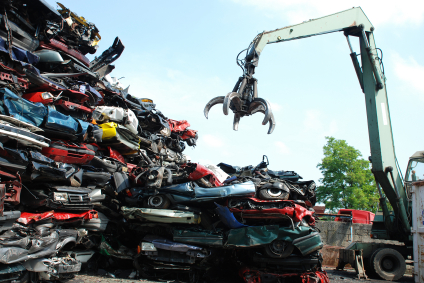Economic rallies in the past have brought impressive returns for investors in the high-yield bond market. Notably 2005 through 2007 brought greater returns in high-yielding bonds more so than that of the intermediate-yield bond market. High-yielding bonds are also referred to as junk bonds, because these types of funds invest their holdings in below investment-grade bonds. Below investment-grade bonds receive this rating due to their potential risk for the company defaulting on its duties to pay bondholders principal and interest payments. With this assumed risk however, junk bonds that do not default (which is usually the case) return a much greater payout than investment-grade market bonds during times of economic rally. Consequently, junk bonds are also hit much harder during times of economic downturn. While no investor should let high-yielding funds dominate his or her portfolio, it may be profitable to designate a minor portion of one’s portfolio to junk bonds during this current economic climate of potential long-term uptrend.
Before entering the junk bond market however, it is important to learn about specific funds that meet your needs. The Merrill Lynch High-Yield 100 is a prominent index of the 100 largest high-yielding bonds on the market. This index recently showed impressive gains compared to other bond markets: “over 8%, about three and a half percentage points more than investment-grade intermediate-term corporate bonds and four and a half percentage points more than 10-year Treasuries” (Updegrave). These types of promising returns show great potential in this current economic climate. Great promise also means substantial risk for the investor.
The debt issued by the company offering these junk bonds does not receive investment-grade ratings due to their higher chances of default down the road. While most of these companies will not default on their payments, the higher chances of them doing so greatly affects the market value of their issued bonds.
If an investor does turn to the junk bond market, it’s important to take a detailed look at the specific holdings of a given fund. There are a number of resources available online such as Morningstar.com that shows the holdings of a fund. It is much safer to chose a fund that avoids the “junk of the junk,” meaning that most of their bond holdings are rated B or above. This can lead to more security for the investor down the road. Thus, investors with a medium-to-high appetite for risk , should consider entering the high-yielding bond market for greater returns.
Source 1
Source 2
Source 3

No comments:
Post a Comment